Key learnings from the HR & WorkTech Asia Summit 2024
Discover valuable insights from HR leaders at the 2024 HR & WorkTech Asia Summit, and learn how to prepare your workforce for the future.
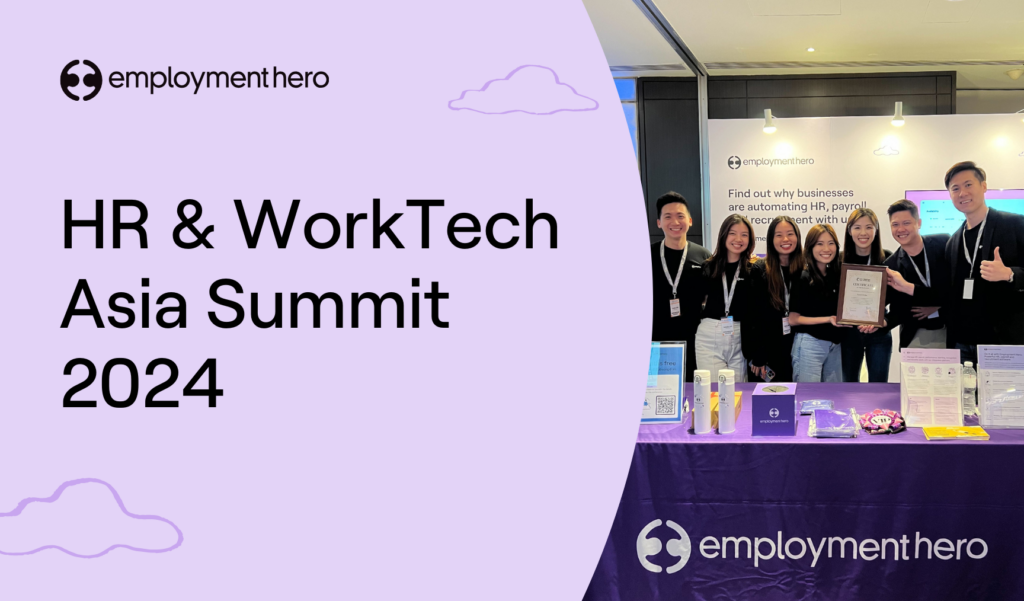
Contents
Last week, we had the pleasure of attending the HR & WorkTech Asia Summit in Singapore — held on 15th March at the Marriott Tang Plaza Hotel.
It was a power-packed event, and our team had a great experience chatting to every single one of you who came to say hello and learn more about Employment Hero.
Our Head of Partnerships, Vance Lim, also took to the stage to share about our findings from the SME Sentiment Report, as well as exciting product updates coming your way.
We hope you love the branded notebook packs, recyclable bags, and water bottles we gave out. Three lucky draw winners also walked away with Capitaland vouchers, a Nespresso machine, and an Apple watch respectively!
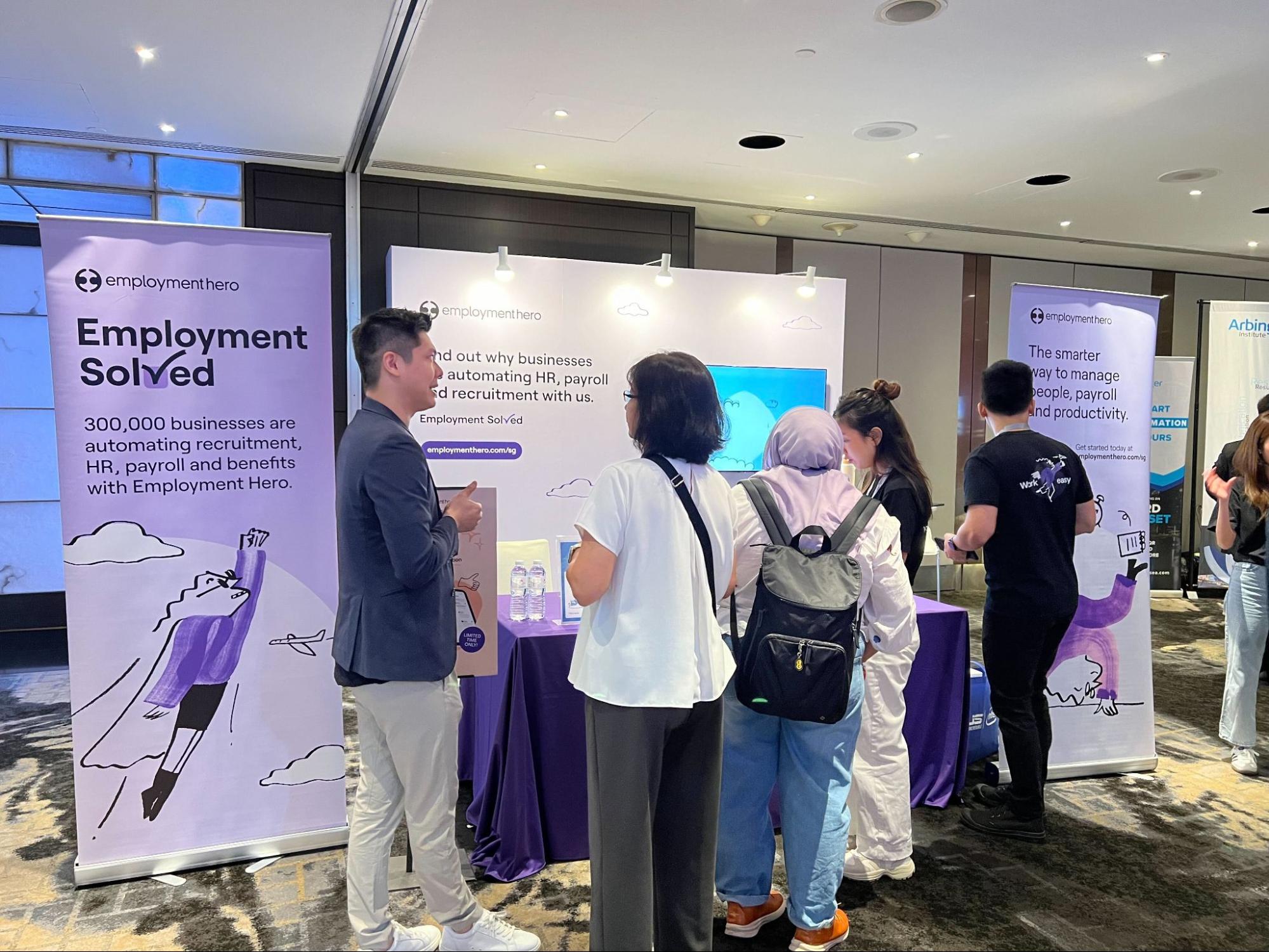
We gained lots of valuable insights from more than 20 industry leaders that took to the stage for panel discussions and engaging presentations, and thought it would be beneficial to share these learnings with the wider community too. Regardless of whether you attended the event or not, we hope you’ll find these key learnings thought-provoking and influential in shaping your HR management strategies for the future.
1. Why embedding a learning culture is good for businesses
 May Leng Kwok, Head of Market Development at CIPD, touched on the importance of embedding a learning culture in businesses. The reality we face today is that with the advancement of technologies, jobs are changing. But the future of work remains human — not everything can be automated. Roles will change, but not all will disappear entirely.
May Leng Kwok, Head of Market Development at CIPD, touched on the importance of embedding a learning culture in businesses. The reality we face today is that with the advancement of technologies, jobs are changing. But the future of work remains human — not everything can be automated. Roles will change, but not all will disappear entirely.
Here are some interesting statistics she shared that reflect the current landscape:
- 73% of APAC CEOs named upskilling as their number one priority;
- 40% of employees are upskilling to bridge skills gaps;
- 71% of APAC CEOs have invested in automation;
- 30% of workers fear tech takeover;
- 63 million job losses are estimated in APAC by 2040;
- 65 million new jobs are estimated to be created in APAC by 2025;
- 50% of employees need reskilling;
- 59% of employees are quiet quitting;
- 61% of employees prioritise ‘pay and benefits’ as a key reason to stay in the same company;
- 41% of employees prioritise ‘career growth’ as a key reason to stay in the same company; and
- 3 in 4 employees prefer to advance in their current organisation.
Top 5 HR trends in 2024: Generative AI, remuneration, employer/employee relationships, HR tech platforms, skills and learning and development (L&D)
People’s priorities are changing in the post-pandemic world, and employees want more say when it comes to remuneration. With the rising cost of living, everyone has different needs when it comes to easing their financial burden. How can organisations build flexibility and be more on-demand, going with the flow to create more individualised remuneration structures?
As for employer-employee relationships, almost 60% of employees are disengaged in the workplace, and it’s expected to change even more as organisations are going through more transformation. Layoffs are happening everywhere, causing further strain on employer-employee relationships. There is a pertinent need to build trust and transparency in the workplace to retain talent, more so than ever. Humans judge people at our lowest times — we remember who was there, and who wasn’t. This is the time for organisations to step up.
Skills are also a hot topic right now, given how roles have continuously evolved — does your business find it easy to hire now? Skill gaps have gotten bigger and wider in organisations, and in order to address that, there is a need to break down competencies into skills, then find the right person who has that mix of skills. That will make recruitment easier for your business. Leadership development is also a gap that requires more upskilling than before, as the burden is on leaders to take the business to the next stage of growth.
Key factors businesses need to have to embed a learning culture
How can businesses effectively embed a learning culture into their business so they stay ahead of these HR trends? May Leng shared four key factors businesses need to have:
- Leadership commitment
- Trust in your talent
- Learning opportunities
- Continuous evaluation and improvement
On leadership commitment, a great case study would be Microsoft, who recognised the need to stay relevant, innovative and competitive. They built a growth mindset into their values to encourage innovation and be agile, providing employees with a clear vision and purpose so they could experiment and take safe risks.
Because it was coming from the top down, they managed to increase the mastery of skills by 11% after 3 months, and 100% of managers also felt supported in their development. Setting clear objectives was essential — having leaders with a strong vision allowed them to cascade that down to employees, and marry individual learning interests to organisational goals.
Secondly, trust in your talent. Did you know that Google implemented a 20% time policy, where employees are encouraged to work on their own personal projects unrelated to their regular job responsibilities, using Google resources where needed? Google’s founders, Larry Page and Sergey Brin, recognised that the most innovative ideas sometimes emerge from individual passions or side projects. By giving employees the freedom to explore their interests, they reaffirm their trust in the capabilities of employees, and it leads to higher levels of creativity, dedication, and satisfaction.
Having ongoing learning opportunities is also crucial. Take Unilever as a case study — they recognised rapid changes in the job market, understood the impact of technology advancements and automation, and decided to future-proof their employees by upskilling them with future-fit skills by 2025. They implemented a learning roadmap with a clear focal point and long term goals, so managers were clear about the objectives. This led to a 49% jump in intrinsic motivation amongst employees, and 25% were more inspired to go the extra mile.
Lastly, continuous evaluation and improvement. Feedback and recognition is important if we want people to grow. It needs to be regular — tracked, frequent, non-emotional and about behaviour that’s observed, namely impact that’s created. This helps with productivity, growth, clarity and creating a more authentic and transparent organisation.
One example would be Nestle, who partnered with organisations to benchmark employees and drive employee performance, engagement and retention. They identified skills that were essential for development, and came up with a combination of both hard skills and soft traits that were predicted for success. This helped to drive continuous improvement amongst employees and further motivated them to set themselves up for success.
In summary, May Leng left us with five key statements:
- People who don’t have learning opportunities, leave companies.
- Employee stress continues to be at an all time high — what are you going to do about it?
- People want productivity and flexibility with support — employers need to know how work can be done differently, so you can create the best environment for employees.
- The biggest reason employees stay is for career development and progress.
- No one wants to work for a company where the management lacks trust and engagement, pressuring employees with performance reviews.
Ultimately, HR professionals are responsible for learning and development, and need to stay on top of it because they are responsible for employee growth. As such, the need for HR professionals to upgrade their knowledge and skills, apply their expertise, be outcome-driven, and value-add where possible is more pertinent than ever.
“If you are not willing to learn, no one can help you. If you are determined to learn, no one can stop you.” — Zig Ziglar
2. Breaking down barriers to transform culture

In an engaging panel discussion amongst five talent leaders, there were many valuable experiences and insights shared with regards to breaking down barriers to transform culture.
The speakers at this panel discussion were:
- Saras Damodharan, Talent leader at Dyson
- Helen Snowball, Chief People Officer at PropertyGuru Group
- Pooja Jhaveri, Head of APAC Talent & DEI at London Stock Exchange Group
- Edina Szabo, Associate Director, People & Culture SEA at Radisson Hotels
- May Leng Kwok, Head of Market Development (Global) at CIPD
To start off, May Leng gave a perfect analogy on what culture is — “Culture is like pan-frying fish, you may not see it or hear it, but you can smell it everywhere and it permeates everything.” How accurate is that!
Why is culture so important?
It’s important because creating an environment, be it virtual or physical, where people can be who they are, and not who they think they are supposed to be, allows them to bring their best selves to work. Employees should feel valued, supported, and that their voice is heard.
In fact, inclusive cultures are a non-negotiable in this day and age — organisations who don’t provide that will definitely not be able to attract top talent. This new generation of employees will not work for you. But how can you embody an inclusive culture? You need leaders who walk the talk. You need to demonstrate and action change — it could be updating policies, implementing training, etc.
An inclusive culture allows individuals to thrive. On a Sunday night, how many of your employees have a pit in their stomach, knowing that they have to go back to work the next day? If you have an inclusive environment, the percentage of employees feeling that way is going to be much smaller. It’s all about community, about employees feeling supported even if they make or mistake or are going through life’s challenges. Building that community is key to having an inclusive culture.
What barriers are there in building inclusive cultures?
The greatest barrier is in people’s minds. We rely a lot on relatable role models, and telling employees stories about people who have been in the company for years, or people who have climbed the ladder in the organisation, creates a very idealistic and perfect image of what people need to be to succeed.
But the truth is that building an inclusive culture is about being vulnerable. Employees can’t rely on, open up, or trust a leader who seems to be perfect all the time. Having leaders who are open and honest about their struggles and weaknesses helps to create a safe environment where employees feel like they can relate to these issues and also share their own.
Systemic barriers also exist, where there is a lack of understanding as to what the organisation needs or wants. There could be a lack of equality, systemic biases, lack of diverse leadership, or no advocacy representation in minority groups. Everyone’s individual behaviours are influenced by unconscious biases and how we grew up has had a huge impact on that.
The fear of change is also a barrier. If employees can’t engage with change and get buy-in from leadership, it makes it difficult to move forward and transform the company culture. Microaggressions such as passive aggressiveness, gaslighting and more within the company also exacerbate existing barriers to building inclusive cultures.
What strategies can organisations take to improve diversity, equality and inclusion?
Set the tone with a diverse leadership team
The tone of an organisation starts on top. You need diverse and inclusive C-suites — build an executive team that is gender-diverse, comprising people with different nationalities, cultures, life experiences and work experiences. Having such diversity at the top of the organisation enables it to flow down to the rest of the organisation.
Review your policies and close the gaps Policies are also the backbone of an organisation, and say a lot about your company’s culture and values. In the case of the PropertyGuru Group, Helen shared that they have recently refreshed their policies to create a more inclusive culture. Paternity leave allowances have been extended to match that of maternity leave, and adoption leave is also available to everyone regardless of their sexuality and marital status. They’ve also introduced gender decoders into job descriptions, opening their talent pool globally.
Have a multitude of platforms that everyone can use
Some employees are happy to voice their concerns, while others prefer to do so with anonymity. Having a variety of channels available to employees ensures that everyone feels that their voice will be heard, and that they can continue building the culture they want to see and be part of.
Listen to your workforce
In the case of the London Stock Exchange Group, 50% of their headcount is in Asia. Whilst they have various minority support groups, they did a survey to ask employees — what does diversity mean to them and what does inclusion feel like?
Analysing the findings, they realised some assumptions they’d made weren’t relevant. It wasn’t just about having communities set up so they could build an inclusive culture — they found out that a lot of people weren’t located in the same country as their managers. The time differences resulted in the lack of smooth communication, with work not done over days due to the lack of prompt replies and discussions. This highlighted key gaps in the company culture and action had to be taken to implement more inclusive practices.
Be mindful of when to be inclusive
It’s common for organisations to send out blanket emails to everyone in the organisation, so everyone feels included. But that doesn’t necessarily mean inclusion.
CIPD has something called ‘Connect Days’, where everyone gets together in-person and can enjoy fun activities in the office such as manicures, BMI readings, and more. The Singapore team gets included in the emails for this event, but they aren’t actually included in it because it’s held halfway across the world in London. Sometimes, taking the blanket approach isn’t inclusive at all.
Go the extra mile
It’s in the little things — you don’t need to overhaul policies or implement new projects to create an inclusive culture. Sometimes it’s as easy as just voicing your opinion and things you’ve observed, pointing it out and raising it to your manager so there can be greater awareness about it. Keeping silent and turning a blind eye to things will not effect any change. It takes everybody to build an inclusive culture: having the courage to point out something that is assumed but not accurate, makes an impact.
What qualities should leaders have to champion culture transformation?
Give timely recognition
As the saying goes, we don’t leave organisations — we leave managers. It’s important for managers to celebrate the quick wins, don’t wait for annual milestones like the company’s dinner and dance night to start giving employees the recognition they deserve, when 20% of the employees won’t even be there.
Walk the talk
For example, at PropertyGuru’s quarterly company gathering, the CEO starts off by talking about the company’s values and culture, not the business performance and numbers. It shows that employees are valued in the business, and that the leadership team isn’t just fixated on business growth and success.
Be curious
When a leader asks questions to really understand the situation, it allows employees to open up and share what they really feel. People usually feel scared because they don’t know what to say and what not to say — but when you ask the right questions, it shows that you care and want to get to the bottom of things so you can right any wrongs.
Check that your efforts are actually inclusive
Sometimes leaders aren’t aware that their actions aren’t exactly inclusive. One of the speakers shared that her acquaintance, a male team leader in a different company, used to host gatherings on the weekend but complained that the women in the team were always unable to make it. However, he didn’t realise that the reason they didn’t come was because they’re busy taking care of their kids! His male colleagues could show up because they had their wives taking care of the kids, but his female colleagues couldn’t because they themselves were busy with their own kids.
Also, not every team gathering needs to involve drinking — not everyone is a huge fan of alcohol. Organise a variety of activities so people can get involved if they aren’t interested in drinking. There are plenty of options available for team bonding that don’t involve alcohol.
Be prepared for uncomfortable conversations
As a leader, you are bound to have some uncomfortable conversations — it’s inevitable, but you should be prepared for it so employees can voice their concerns. Acknowledge their problems, reassure them of your support, and take action where needed to help resolve those issues.
Leaders aren’t just people at the top
Yes, you heard that right — leaders are at every level, they aren’t just people in leadership positions. Employees can inspire change at any level, it’s all about a ripple effect. Any small action made will impact your team, and then slowly other teams will hear about it and it will spread there too. Then these people might join other teams and companies and bring that change to that new environment too. It’s all about changing people from being passive staffers to dynamic enablers.
3. How to build an inclusive workplace
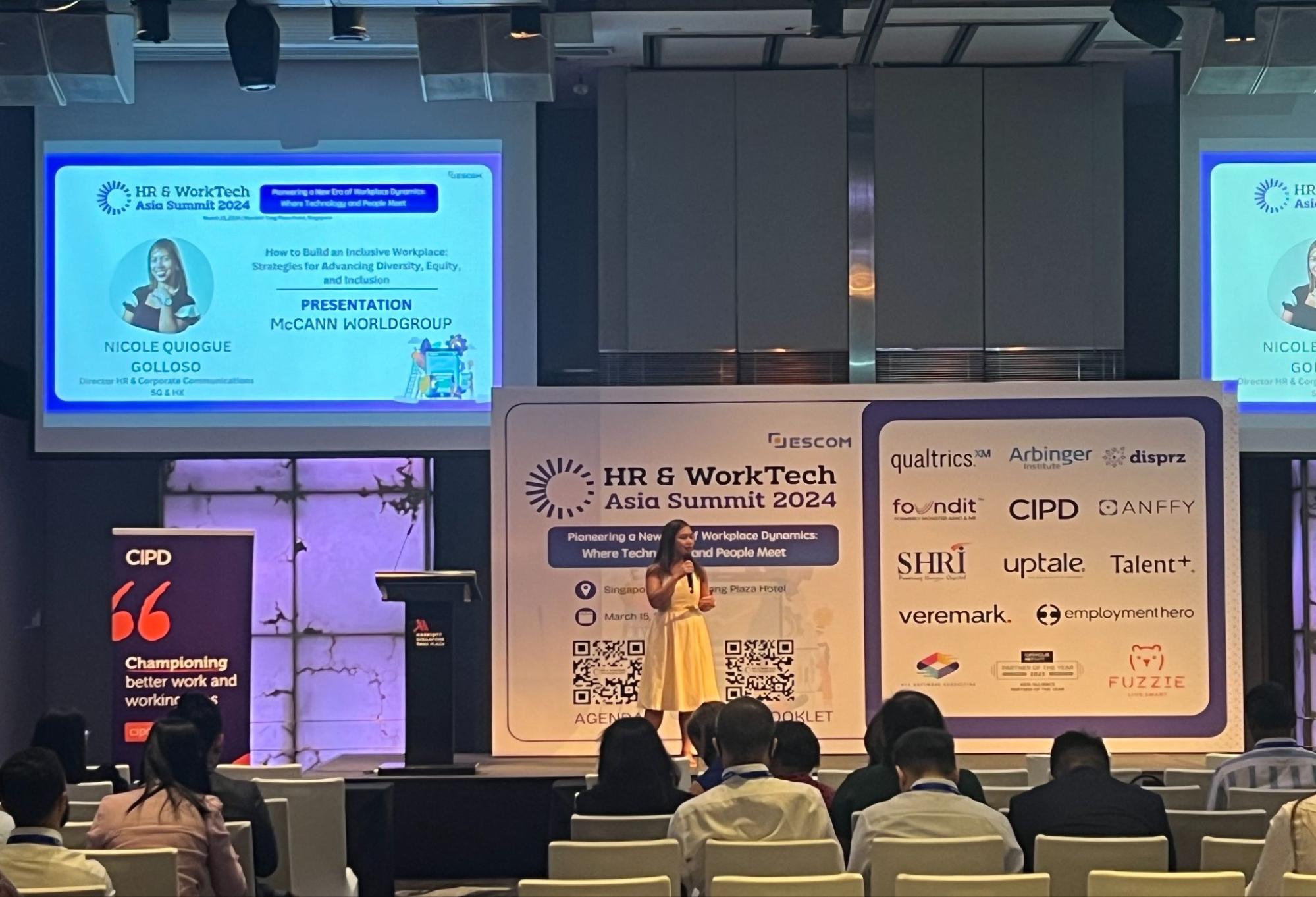 Nicole Quiogue Golloso, HR and corporate communications director at McCann WorldGroup, gave an insightful presentation on how companies can adopt strategies to advance diversity, equity and inclusion (DEI). Before we jump in, it’s essential to first understand DEI and what it encompasses.
Nicole Quiogue Golloso, HR and corporate communications director at McCann WorldGroup, gave an insightful presentation on how companies can adopt strategies to advance diversity, equity and inclusion (DEI). Before we jump in, it’s essential to first understand DEI and what it encompasses.
Diversity — The representation of individuals from different backgrounds/identities in a given setting (e.g gender, age, nationality, socio-economic status, ethnicity, physical/mental ability, work style etc.)
Equity — The existence of systems, practices and protocols that are designed or modified to bridge opportunity gaps that are obstacles to equality for diverse/underrepresented groups. This includes fair and equal access to opportunities, resources and treatment in consideration of each individual’s unique needs and circumstances.
Inclusion — Cultural state where there is a sense of belonging, connection, community and shared purpose; where different identities are recognised, valued, leveraged, respected and seen as essential to the group’s success in any given setting.
Next, you need to know your ‘why’. Why do you need a DEI strategy? Why do you want to prioritise DEI? Why does it matter to your business, your stakeholders, your operations or your culture?
Once you’ve established why having a DEI strategy is so essential, you need to assess your baseline — where your business currently sits. Gather data to assess where you are and the current state of your business in relation to DEI. Aspects you can look into include:
- Demographics
- Trends in hiring, retention and talent development
- Processes and policies
- Employee engagement
- Market and industry benchmarks
If you’re wondering how to gather this data, here are some ways you can do so:
- Extract existing employee records from databases
- Consolidate existing policies
- Conduct focus group discussions
- Release a pulse survey
- Have one-on-one check-ins with employees
- Refer to existing reports from credible sources for industry and market benchmarks
Once you’ve got your vision outlined and gathered the necessary data, it’s time to set up a plan. Here are some questions to help guide you:
- What DEI challenges do you want to prioritise and address?
- What are your goals? How can you achieve those?
- Who will be responsible for driving your DEI initiatives and tracking your progress? What are these individuals’ capabilities?
- What resources would you need and what are available to you?
- What is your timeline?
- How will you measure your progress?
Nicole generously shared how the McCann WorldGroup is currently doing it. They first established their DEI vision of being a consciously inclusive global community that values and unleashes the full creative power of their people and their work, as well as their mission to create the conditions where all employees from all backgrounds feel a sense of connection, belonging and shared purpose. Then, they set up a DEI council and appointed DEI champions. Teams and individuals now drive DEI initiatives on a global, regional and local level in partnership with their leadership teams.
They also established a ‘Day for Meaning’ — an annual observance where all employees across the organisation convene for a day to reflect on new sociocultural insights, have objective discussions and develop ideas and solutions to drive conscious inclusion through the implementation of locally relevant action plans. They will then implement these action plans, monitor and report its progress, as well as measure its impact in addressing their DEI challenges.
Nicole also shared their ‘Conscious Inclusion’ Framework, comprising of four key areas:
- Conscious wellbeing: Policies, benefits and discussions solely focused on improving employee wellbeing.
- Conscious conversations: Opening safe and transparent channels of feedback on goals, business and culture.
- Conscious connections: Activities, forums and events that bring everyone closer together, generate cross-culture and cross-office belonging, fostering departmental connections.
- Conscious causes: Inclusivity-centric initiatives or campaigns to rally the whole agency towards a common cause.
Under each umbrella, the McCann WorldGroup has implemented several initiatives, such as:
1. Conscious wellbeing
- Time well taken: They have an unlimited leave policy, which allows their people to take the time they need to rest and take care of their wellbeing.
- International remote work policy: They provide a temporary remote work arrangement which allows their staff to work from any location outside of the country for 4 weeks in a year.
- Employee assistance program: Employees can access a confidential, third party, free 24/7 helpline for support needed on personal or work-related challenges, through professional counselling, consultation and/or referrals.
- Employee benefits: They’ve upgraded the medical and dental health insurance of all staff to the same coverage as senior management, and introduced an employee perks program.
2. Conscious conversations
- Performance coaching: They’ve implemented a process and platform which ensures their employees are setting goals, and managers are providing the feedback and coaching needed for employees to reach their best — which is critical to organisational success.
- HR check-ins: They’ve got a quarterly catch-up with all managers to discuss the performance, career and development plans, skills gaps, training plans, morale and overall wellbeing of their direct reports. They also have individual catch-ups with every employee at least once within the year.
- Pulse survey: An annual survey is conducted to get feedback on leadership, DEI, employee engagement, growth and development, feedback and recognition, employee empowerment and more.
- Transparency talks: They have sessions where HR and Finance teams openly discuss matters related to revenue, budget allocations, resources, pay, promotions and increments, etc.
3. Conscious connections
- McCann Council: The grassroots team assigned per quarter comprises diverse talents from across teams who lead culture initiatives in partnership with HR.
- MW Eats: They’ve got weekly Wednesday breakfasts, quarterly team lunches and outings, open pantry and mini snack bars, monthly townhalls and more.
- Talent Mobility: Their program enables employees to explore internal opportunities within the MW global network, and be reassigned to a different office/role.
- Training Tuesday/Thursday: They host a bi-weekly lunch and learn session, covering a wide range of topics from managing burnout to personal branding, building confidence, financial literacy, presentation skills, handling difficult conversations, artificial intelligence, etc.
4. Conscious causes
- MW For Good: Their quarterly volunteer initiative is aimed at providing safe and positive social experiences for at-risk segments in society.
- Sustainability: Near-term and long-term strategies and action plans towards their net zero goal by 2030.
In summary, if you are keen in advancing DEI in your organisation, keep these pointers from Nicole in mind:
- There should be a buy-in, commitment and accountability among leaders to drive and lead DEI efforts.
- Everyone needs to be involved. DEI should be a shared responsibility across the organisation.
- Everything you do must be intentional. You have to anchor your strategies and base your decisions on data.
- There’s no one-size-fits-all strategy. You have to customise your initiatives based on the actual needs of your stakeholders.
- Fostering transparency and following through on your DEI commitments builds trust and ingrains inclusion in your company DNA.
- DEI must be a continuous journey and not a one-time event.
The wrap up
Thank you for reading till the end, and we hope that these insights from talent leaders in the region have been of use to you in some way or another. That’s a wrap — we look forward to seeing you at our next event!
Check out our SME Sentiment Report for more interesting insights, or stay tuned to our Resources page for more exciting content coming your way.
Related Resources
-
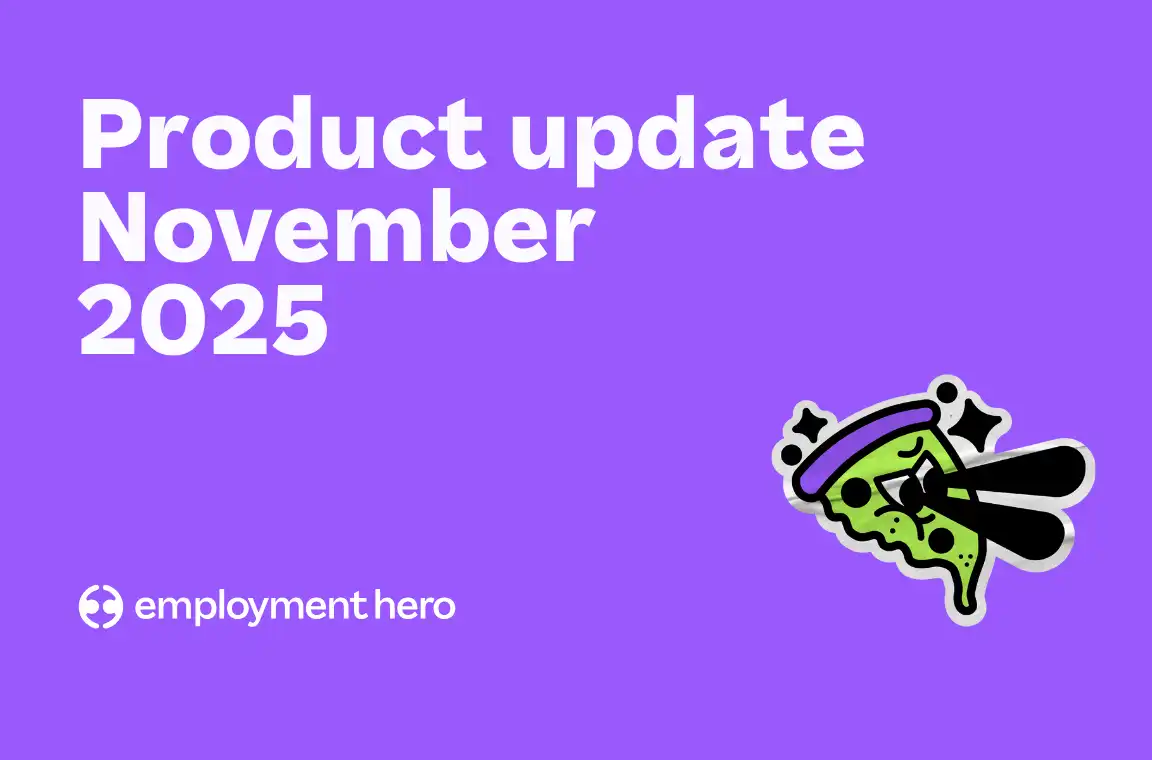 Read more: Product Update: November 2025
Read more: Product Update: November 2025Product Update: November 2025
Welcome to the November 2025 product update from the Employment Hero team. We’ve got lots to share around Workflows, Rostering,…
-
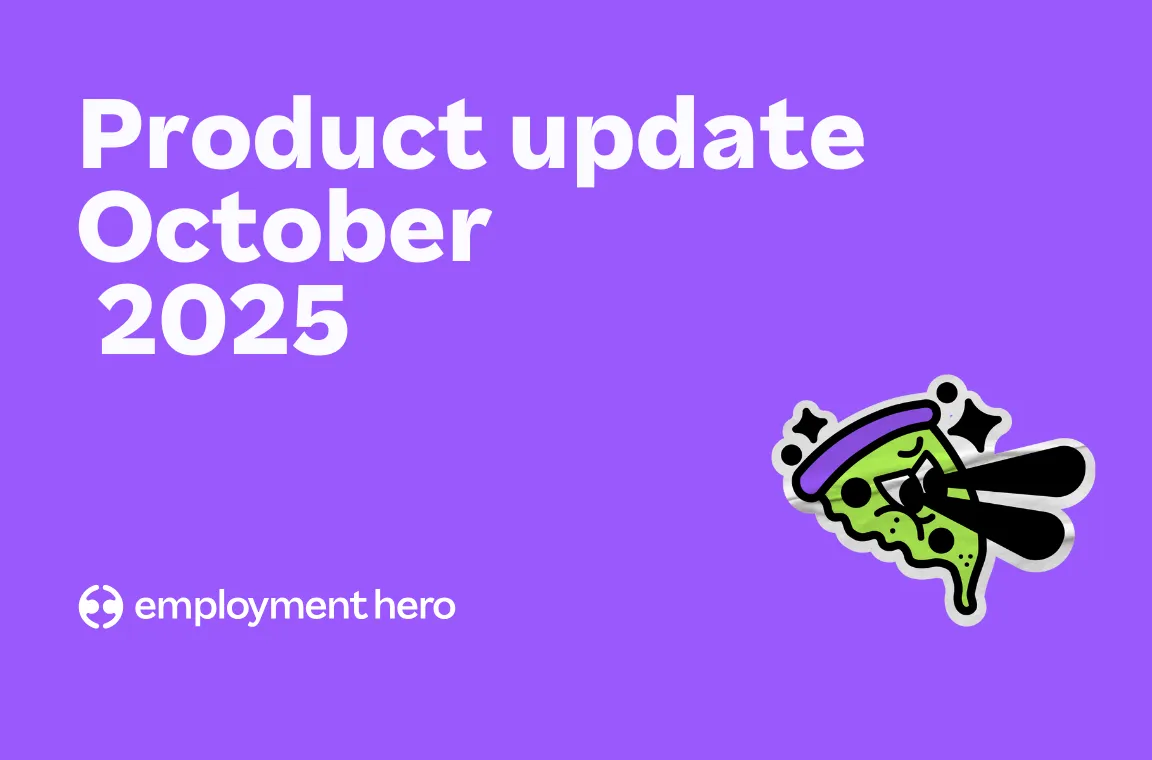 Read more: Product Update: October 2025
Read more: Product Update: October 2025Product Update: October 2025
Our October 2025 update is here for Singapore. Discover OCBC remittance advice, leave balance checks, rostering, timesheets and more. Read…
-
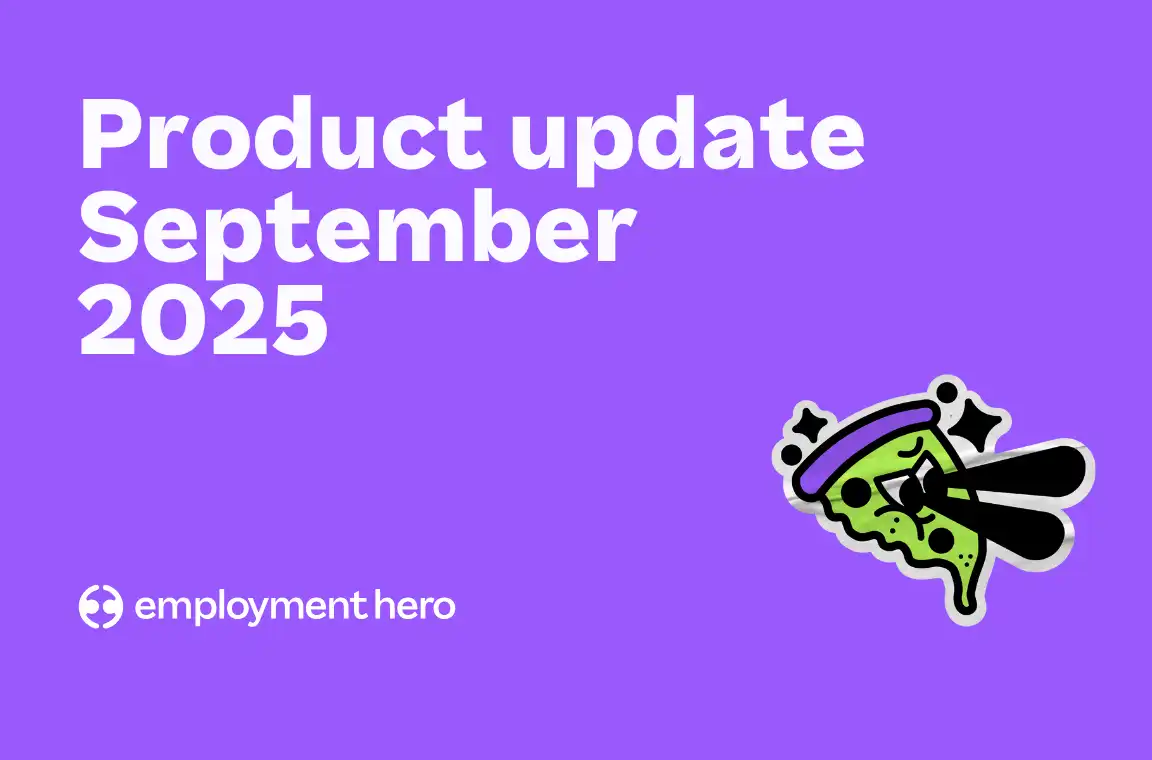 Read more: Product Update: September 2025
Read more: Product Update: September 2025Product Update: September 2025
A big hello from the Employment Hero Product team, and welcome to the September 2025 Product Update.









